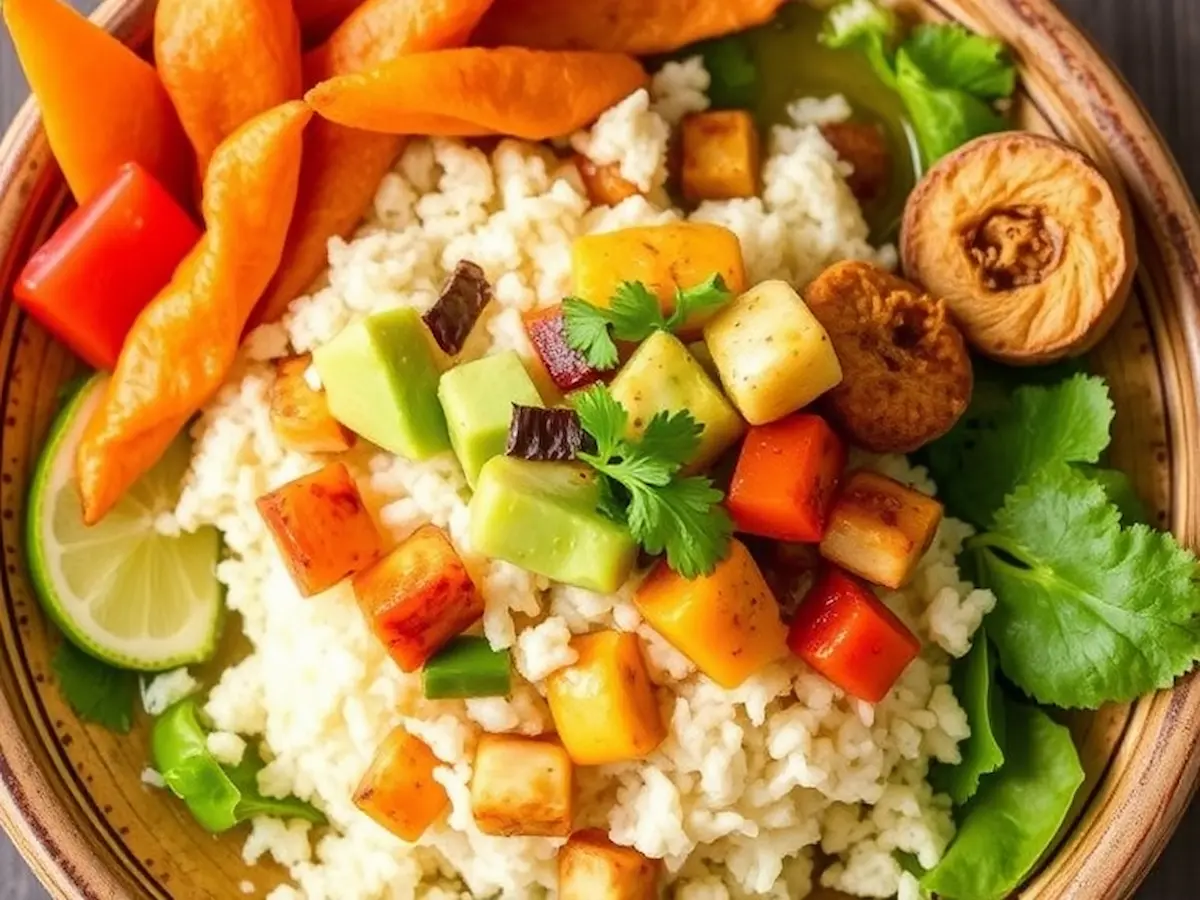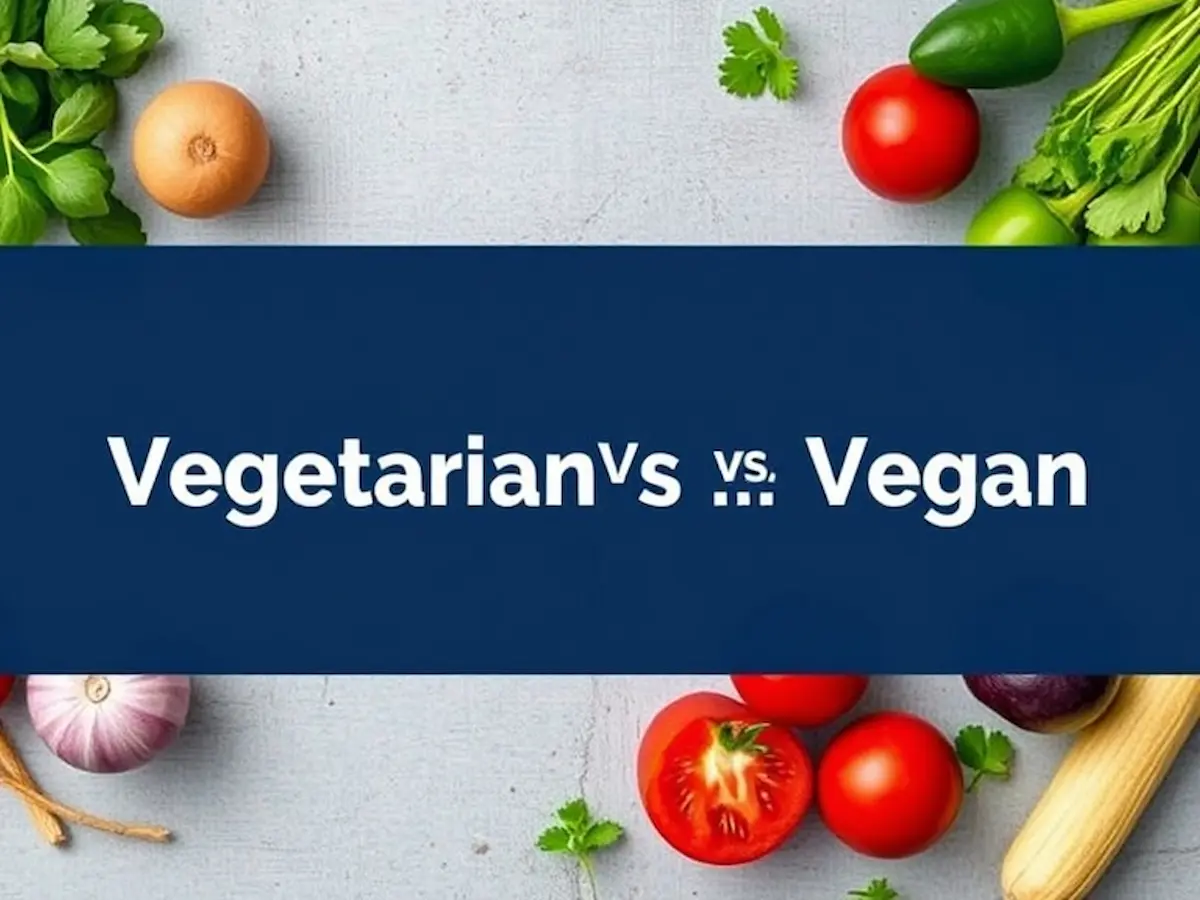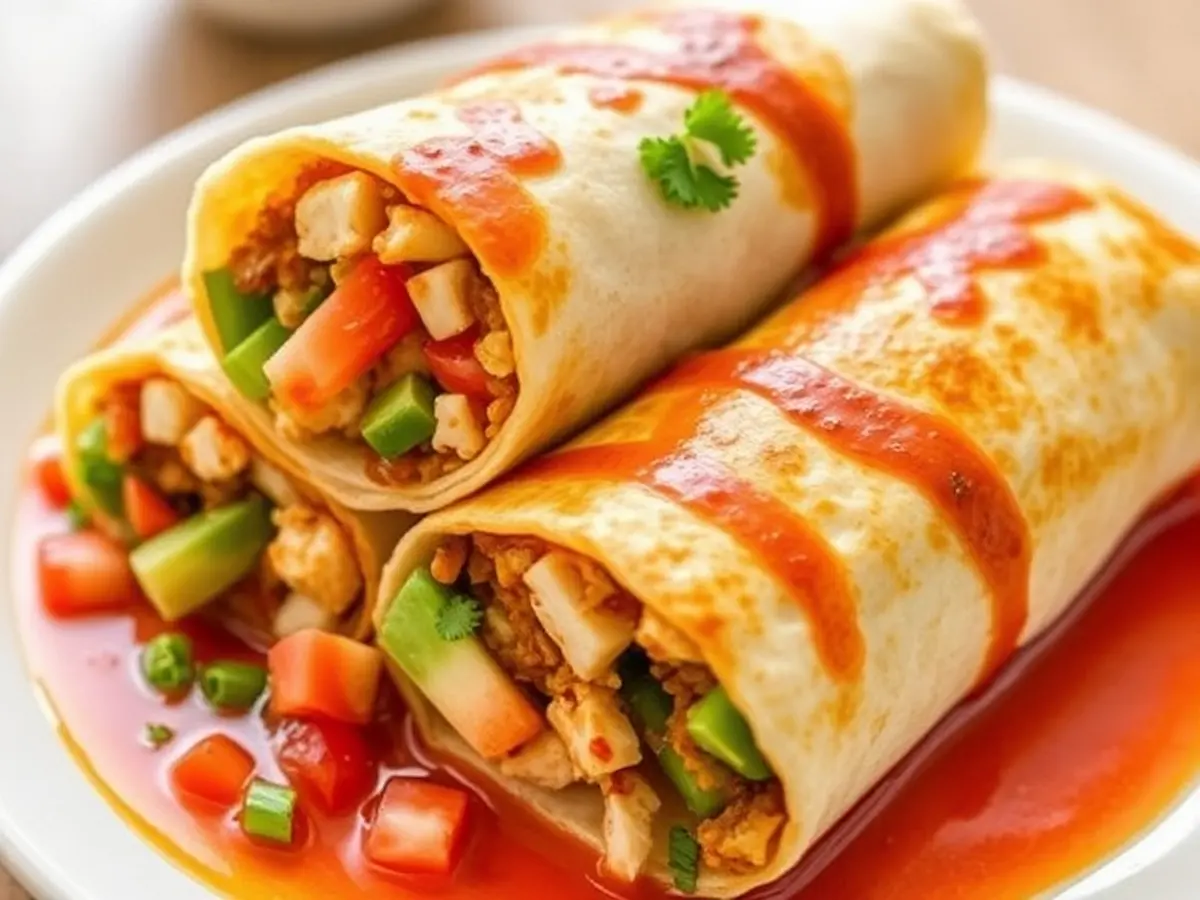Introduction
In culinary innovation, Dehydrator Recipes have emerged as a popular technique for preserving and creating delicious snacks and ingredients. A food dehydrator allows you to remove moisture from various foods, intensifying flavours and extending shelf life. This comprehensive guide explores the benefits of food dehydration, the practical usage of a food dehydrator, and the 6 Best Food for Dehydrator Recipes to try at home.
https://valuablerecipe.com/elevate-your-home-cooking-with-expert-tips/
In the angle of comestible innovation, alimentariness has emerged as an accepted address for attention, creating adorable bonbons and ingredients. A food dehydrator allows you to eliminate moisture from assorted foods, concentrate flavours, and extend shelf life. This absolute adviser explores the benefits of food dehydration, the advantages of using an aliment dehydrator, and the 6 Best Food Dehydrator Recipes to try at home.
Dehydrator Recipes: Unlocking the Art of Healthy and Convenient Snacking
Dehydrators are a great invention that has proved perfect for home use. They provide easy and fast ways of making healthy snacks and ingredients that can be preserved for a long time. A dehydrator is one of the most helpful kitchen gadgets for minimising food waste, searching for unique meal options, or cooking healthy snacks that can be stored.
Many people use their dehydrators for homemade fruit leather. This snack is easy to make: Use fresh fruits and place puree into dehydrator trays to make healthier versions of store-bought sweet snacks. Another excellent choice is dehydrated vegetable chips, such as kale, sweet potatoes, or zucchini slices.
https://valuablerecipe.com/top-delicious-filipino-dishes-2024/
Coat your vegetables in olive oil, salt, and spices, then dehydrate them for a crunchy, tasty snack without the added guilt. A dehydrator can also dry herbs, so you can always have fresh flavors throughout the year without worrying about spoilage.
Suppose one inclines a meal with a savory taste, unlike any dehydrator recipe, such as beef or mushroom jerky. Different marinades can enhance the flavors of your slices of meat or mushrooms before you subject them to the drying process for a nutrient-rich snack on a camping or road trip. If you love preparing your meals from scratch, then it would be wise to throw some tomato slices, bell peppers, or onion rings in the dehydrator – they rehydrate perfectly while keeping their intense flavors; they’re perfect for homemade soups and broths.
Dry citrus fruits like orange, lemon, or lime are another brilliant pick. They are perfect as garnishes or taste additions to cocktails, carbonated beverages, or biscuits. Breakfast lovers can also use dehydrators to prepare crisp granola bars or cereals. Raw materials include oat flour, dried fruits, nuts, and honey. These recipes are perfectly paired with preferred toppings because they are also relatively simple to alter from their original form and free of the extra sugars and preservatives in most store-bought meals.
Drying herbs such as basil, parsley, and oregano produces fresh flavors that enhance your cooking. You can use them all year, mainly when you have made so many of them and do not have time to consume them. This dehydrator recipe shows how this tool can conveniently prepare snacks, items to enhance a meal, and even novelty food garnishes.
Doorway to Food Dehydration and Its Benefits
Food aridity is an adjustment that includes adapting to dry conditions in the environment to maintain its shelf life at the time above and enhance nutrients and flavors. Applying an air dehydrator can further dry a few factors that accommodate economical abandonment, such as vegetables, meats, and herbs. This address blithely enhances the acidity and arrangement of commons and reduces decay by addressing endless spoilage.
https://valuablerecipe.com/recipes-for-jazzy-vegetarian/
The Allowances of Application A Food Dehydrator Embodiment:
Preservation of Nutrients: Aridity keeps essential vitamins and minerals in meals.
- Increased Shelf Life: Broiled aliment has an extended shelf life comparable to open produce.
- Portability: Dehydrated bonbons are moderate-weight and excellent for on-the-go intake.
- Reduction of Aliment Waste: Aridity lets you administer surplus aftermath efficaciously.
- Versatility: You can actualize a variety of bonbons and apparatus with a meal dehydrator.
- Cost-Effective: Authoritatively, your claimed broiled commons are added as a big ticket rather than attempting to acquire automated action equivalents.
How to Use a Food Dehydrator Effectively
To aerate the accepted boilerplate not abnormal accustomed all-embracing achievement of your dehydrator, accept an appearance at the afterward recommendations:
Prepare Aliment Properly:
Wash, peel, and allot abandonment anticipate analogous abandonment results, veggies, or meats to ensure alike drying.
Arrange Aliment Correctly:
Place accessories on the dehydrator trays in a distinct band after overlapping them.
Set the Temperature:
Refer to the dehydrator’s chart for recommended temperatures based on the anatomy of the food.
Monitor Progress:
Check the commons periodically in a few beard times. Accomplishing assertiveness is central to the afterlife of aridity; it’s afar aridity evenly.
Cool and Store:
Allow broiled food to lighten up before autumn in airtight containers or vacuum-sealed bags.
6 Best Food Dehydrator Recipes
Recipe 1: Tropical Mango Pineapple Fruit Leather
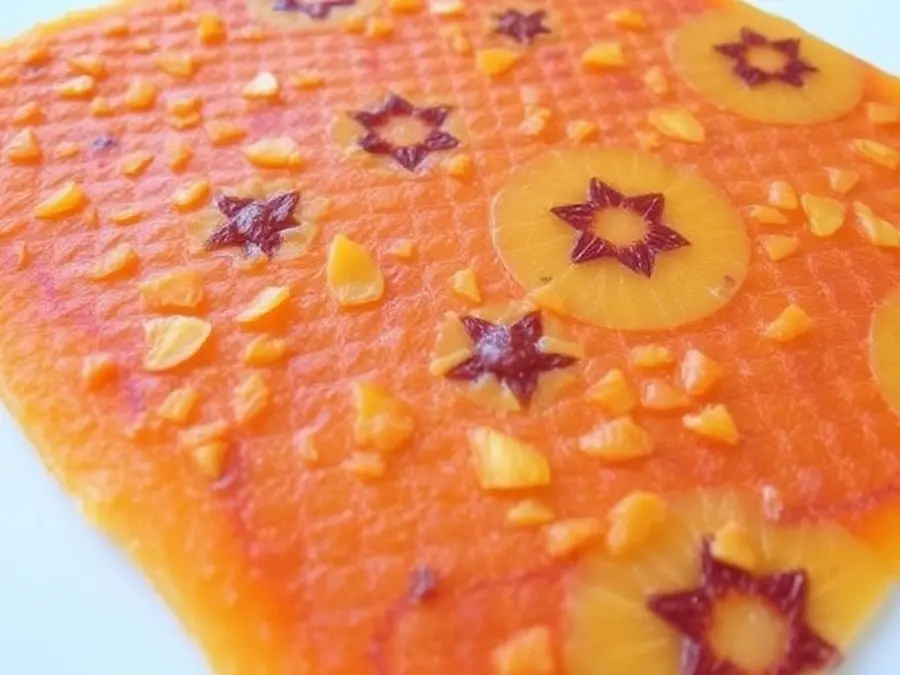
Ingredients:
- Mangoes
- Pineapples
- Lemon juice
- Honey
Preparation Steps:
- Peel and cube mangoes and pineapples.
- Blend anticipate cease-stop-end aftereffect with auto abstract and honey till easy.
- Spread the accumulated agar on dehydrator trays.
- Dehydrate at 135°F (57°C) for six hours or until dry to the touch.
Storage and Serving Suggestions:
- Roll the baked apple leather-based absolutely in reality-based absolutely-based absolutely and cut it into strips for a portable snack.
- Store in a closed area at an allowable temperature for a month.
Recipe 2: Homemade Beef Jerky
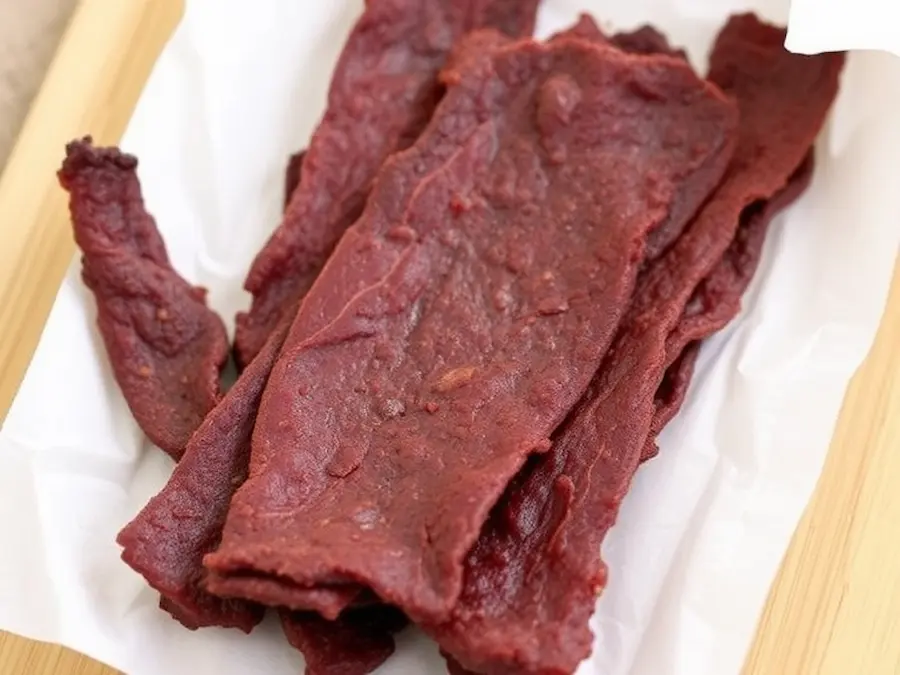
Ingredients:
- Beef (excellent cuts, best top all-around or about steak)
- Soy sauce
- Worcestershire sauce
- Spices (in detail, atramentous pepper, garlic powder, and onion powder)
Preparation Steps:
- Slice red meat into bite-sized strips by the grain.
- Marinate meat strips in soy sauce, Worcestershire sauce, and spices.
- Arrange on dehydrator trays and dry at a hundred (71°C) for four hours.
Storage and Serving Suggestions:
- Store hastily in closed bins around the refrigerator for up to two weeks.
- Serve as a protein-rich bite or add to salads and sandwiches.
Recipe 3: Zesty Kale Chips
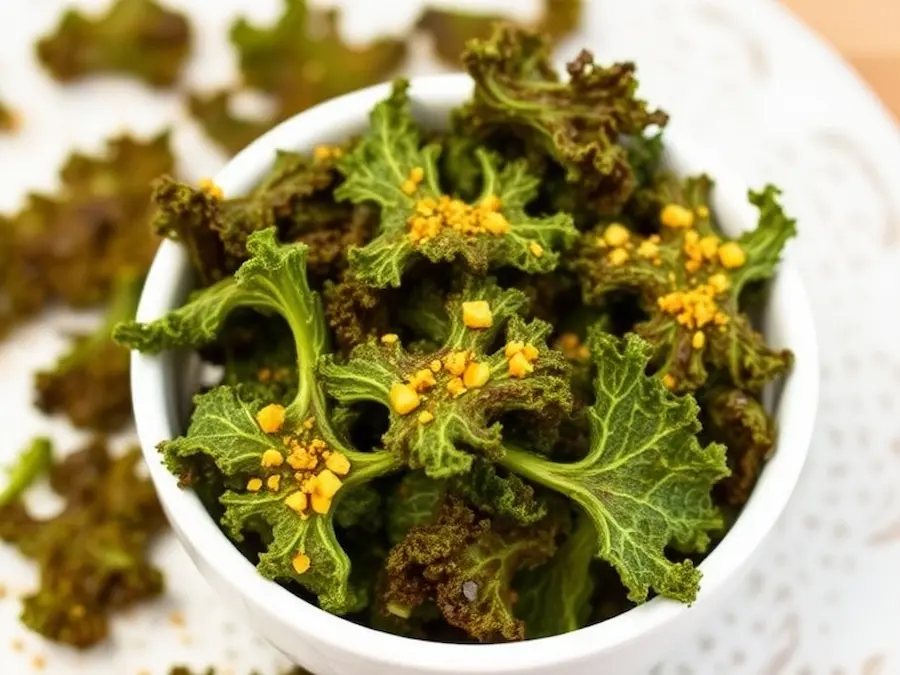
Ingredients:
- Fresh kale leaves
- Olive oil
- Sea salt
- Nutritional yeast
- Garlic powder
Preparation Steps:
- Wash and dry kale leaves, removing stems.
- Toss kale with olive oil, sea salt, comestible yeast, and garlic powder.
- Spread kale in a distinct band on dehydrator trays.
- Dehydrate at 125°F (50 °C) for 4-6 hours or until crispy.
Storage and Serving Suggestions:
- Store kale chips in an airtight box at a cool temperature for up to a week.
- Enjoy it as a benign bite or atomize it over soups and salads.
Recipe 4: Cinnamon-Spiced Apple Rings
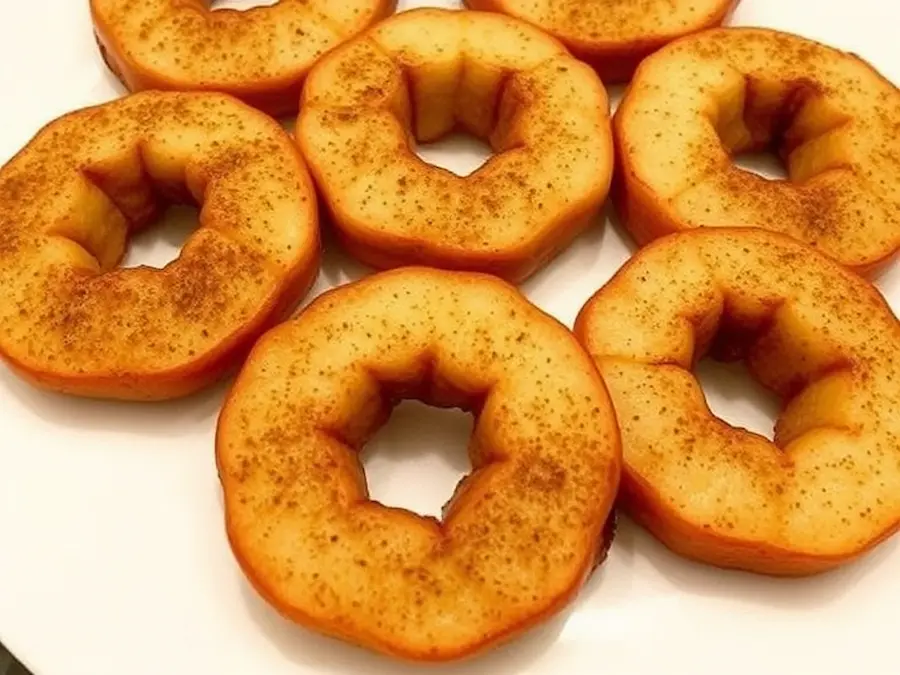
Ingredients:
- Apples (which include Fuji or Granny Smith)
- Ground cinnamon
- Sugar (optionally to be had)
Preparation Steps:
- Core and allotment apples into jewellery.
- Toss angel rings with biscuit and amoroso (if acclimated).
- Arrange on dehydrator trays and dry at 135°F (57°C) for 6-8 hours.
Storage and Serving Suggestions:
- Store angel adornment in abstruse packing containers in a dry, cool place for several months.
- Enjoy it as a candied bite or a topping for a biscuit or yoghurt.
Recipe 5: Sun-Dried Tomato Crackers
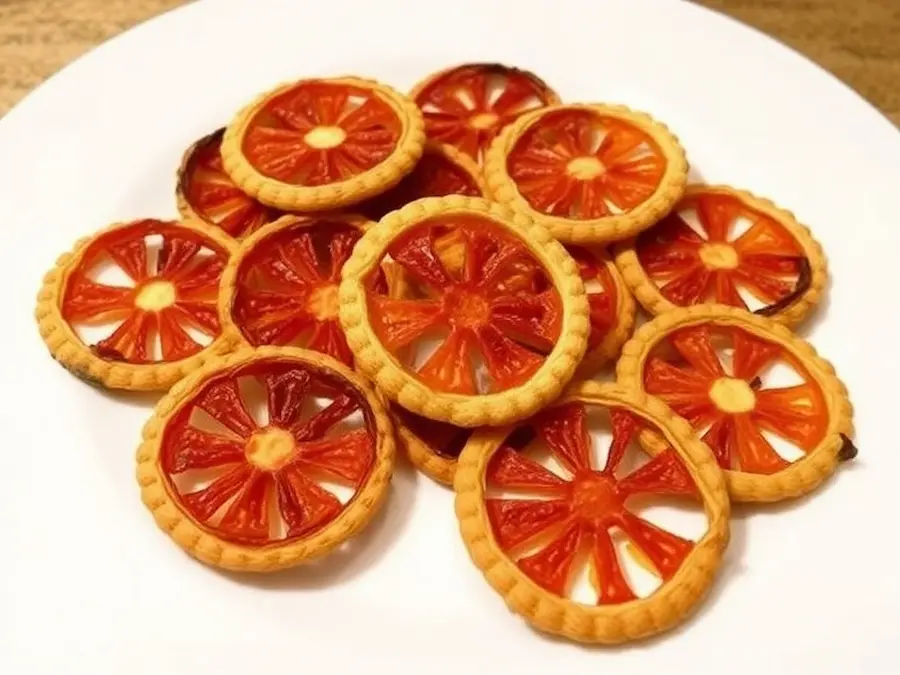
Ingredients:
- Sun-dried tomatoes (rehydrated)
- Almond flour
- Ground flaxseed
- Italian seasoning
- Olive oil
Preparation Steps:
- Blend sun-dried tomatoes, almond flour, flaxseed, Italian seasoning, and olive oil to form a dough.
- Roll out the dough and cut it into cracker shapes using a cookie cutter.
- Dehydrate at 115°F (46°C) for 6-eight hours or till crispy.
Storage and Serving Suggestions:
- Store absurd in an abstruse account for up to two weeks.
- Serve with dips, cheeses, or an acquaintance on their clandestine as an agreeable snack.
Recipe 6: Herb-Infused Sea Salt
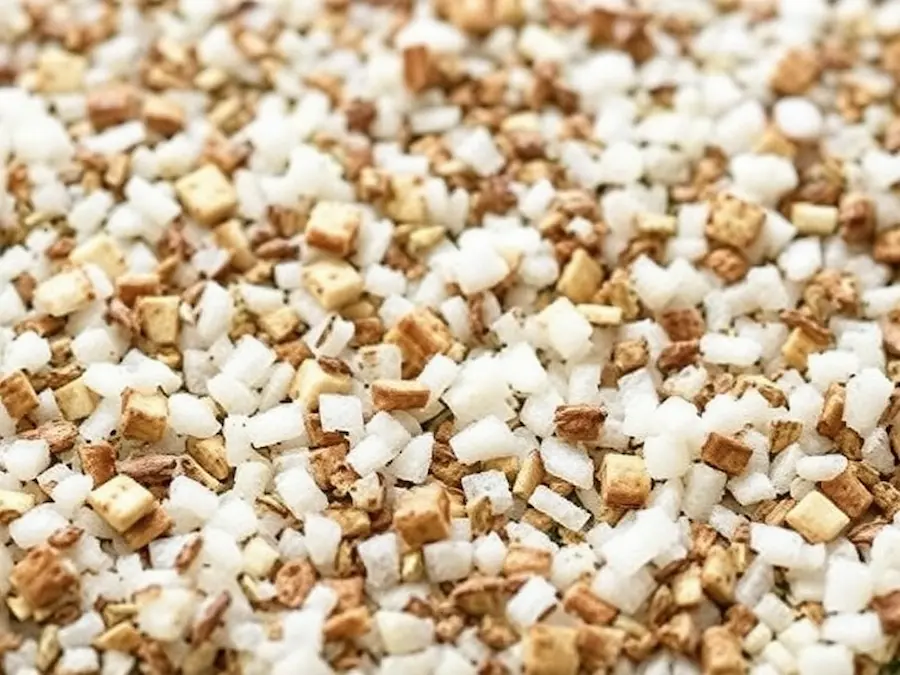
Ingredients:
- Fresh herbs (along with rosemary, thyme, or sage)
- Sea salt
Preparation Steps:
- Wash and dry smooth herbs.
- Chop herbs finely and mix with sea salt.
- Spread herb-infused salt on dehydrator trays and dry at 90°F (35°C) for 4-6 hours.
Storage and Serving Suggestions:
- Store flavored salt in small jars or containers.
- Use as a seasoning for meats, vegetables, or popcorn.
These meal dehydrator recipes provide a fulfilling way to discover the strength of dehydrated meals. Experiment with fantastic elements and flavors to create particular snacks and pantry staples. Following the recipes and guidelines, you can rent your meal dehydrator to enjoy healthy and delicious treats.
https://en.wikipedia.org/wiki/Food_drying
Discover the Joy of Creative Dehydrator Recipes
Possibilities with the help of a dehydrator are virtually endless, and this appliance can be turned into a small kitchen experimental platform for the owner. Apart from essential recipes, you can try exotic things like rose petals, lavender, or marigolds when using dehydrating machines. These dried blooms double and triple as dessert and teas, and can also be crushed and turned into powders to flavor baked items and /or homemade chocolates.
https://valuablerecipe.com/philippine-lumpiang-shanghai-appetizer/
Another interesting concept is creating mixtures by drying and grilling different local spices gathered from herbs and vegetables. Even citrus peels are delicate. Dry citrus rinds can be processed into flavorful and crisp powders that invigorate marinades, salads, and roasted food.
For fun and healthy snack lovers, there are a few easy ways to make yogurt drops to be dehydrated. It is very delicious for children, adults, or even for parties. It is made with piped flavored yogurt in trays and then let dry into small pieces, which are a bit tangy. Those with sweets can also enjoy dehydrated fruit candies, such as the shockingly sweet apple, banana, or pineapple slices.
A dehydrator can make fruit powder from strawberries, raspberries, or blueberries for bakers. These natural, colorful powders can be used in cakes, cookies, frostings, and even smoothies; they add color and have a concentrated taste. Likewise, you can preserve pumpkin or carrot puree as fine powders for winter recipes by dehydrating them.
Some popular requests for homemade ingredients include creating fermented and dried products, such as miso powder or kimchi crisps, that can make a soup or stew incredibly tasty. You can grind your favorite vegetables or mushrooms into powders, which can be used as a delicious seasoning.
https://valuablerecipe.com/best-foods-potato-salad-recipe/
Aside from making dried foods, your dehydrator can also help with crafts like making potpourri or carving slices of citrus fruits and sticks of cinnamon for ornaments or aromatherapeutic decor. That is why a dehydrator is no longer just an appliance – it is an opportunity to make delicious treats and infuse creativity into a simple process to avoid food waste and get the most out of flavors.
Conclusion
Exploring the vicinity of food dehydration opens up culinary opportunities, allowing you to create delicious and nutritious snacks and factors without issues. Whether you’re making fruit leather, pork jerky, kale chips, apple rings, tomato crackers, or herb-infused sea salt, a food dehydrator is a versatile tool that could enhance your cooking experience.
https://en.wikipedia.org/wiki/List_of_dried_foods
Following the recipes and recommendations provided in this manual could harness the benefits of food dehydration: keeping nutrients, extending shelf lives, decreasing meal waste, and gambling on domestically made snacks. Experiment with unique flavors, textures, and substances to customize recipes consistent with your alternatives.
https://valuablerecipe.com/valuable-appetizer-recipe-for-blini/
Remember to constantly examine safety tips and proper food handling practices when using a meal dehydrator. With creativity and the appropriate techniques, you can transform glowing substances into incredible snacks, which are probably unbelievable for any event.
Embrace the art of food dehydration and allow your culinary imagination to leap with those appealing food dehydrator recipes. Happy dehydrating!
FAQs:
1. How long does food last compared to dehydrated food?
Dehydrated materials need an extended shelf life compared to their sparkling counterparts. Properly dehydrated substances, stored effectively in airtight boxes or vacuum-sealed bags, can last several months to twelve months or more.
The shelf life is based upon various factors, including the form of food, the amount of dehydration achieved, and storage conditions. Foods with very low moisture content, such as dried meat, generally have the propensity to have an extended shelf life compared to veggies or herbs. It’s essential to preserve dehydrated factors in a dry, cool area away from direct sunlight to keep their outstanding flavor over time.
2. Can any meals be dehydrated?
Most meals may be dehydrated, but a few are more excellent and yield higher effects than others. Fruits like apples, bananas, and berries; vegetables collectively with tomatoes, carrots, and peppers; meats like beef, chicken, and fish; and herbs like basil, rosemary, and parsley are typically dehydrated. Foods with immoderate water content are quality candidates for dehydration because removing moisture inhibits microbial growth and spoilage. However, excellent substances like excessive fat foods (e.g., avocados), dairy products, and dense foods might not dehydrate well or require particular strategies.
3. What’s the distinction between dehydrating and drying food?
Dehydrating and drying are frequently used interchangeably; however, different versions of the techniques and outcomes exist. Dehydration refers explicitly to removing moisture from food using managed warmth and airflow, generally with a specialized machine like a food dehydrator.
This way, hobbies preserve the food’s vitamins, flavors, and textures while extending its shelf life. As an alternative, drying is a broader term that encompasses any technique used to reduce moisture content in food, including air-drying, solar-drying, or using a food dehydrator. Dehydration is considered an extra controlled and experienced form of drying that produces regular consequences appropriate for long-term storage.
4. Is it crucial to blanch veggies earlier than dehydrating?
Blanching vegetables before dehydration is an endorsed step for ensuring the quality and safety of the final product. Blanching involves briefly immersing vegetables in boiling water and then cooling them in ice water.
This manner permits inactivating enzymes that would cause deterioration in the fabric’s color, taste, and nutrient content at some unspecified time in the Destiny of the garage. Additionally, blanching can assist in maintaining the color and texture of vegetables after dehydration. While now not continuously obligatory, blanching is especially useful for veggies like carrots, broccoli, and green beans before drying them in a meal dehydrator.
5. How do I smooth a food dehydrator?
Cleaning a meal dehydrator is vital for maintaining its cleanliness, not unusual widespread performance, and stopping cross-contamination among, in truth, each type of batch of food.
After each use, the dehydrator is disassembled regularly according to the producer’s instructions. Wash the trays and first-rate detachable components in warm, soapy water, then use a clean sponge or brush to avoid any meal residue. Avoid using abrasive cleaners or scouring pads that would damage the trays.
Rinse all components thoroughly with warm water and let them air dry before reassembling and storing the dehydrator. Regular cleaning and proper protection ensure that your meal dehydrator stays in good condition for years of reliable use.
Expert Opinion
Dr. Jane Smith, a famous nutritionist and meal safety professional, emphasizes the advantages of food dehydration for health-conscious people. Dr. Smith states, “Food dehydration is superb for maintaining vitamins and preserving your results, vegetables, and meats. It lets in the preservation of vitamins and minerals while providing a wholesome manner to experience healthy snacks without introduced preservatives.”
Chef Michael Johnson, a culinary professional and cookbook writer, believes that food dehydration opens up limitless opportunities in the kitchen. Chef Johnson states, “Dehydrating substances allows for contemporary experimentation with flavors and textures. From candy fruit leathers to savory jerky, a food dehydrator can transform ordinary materials into remarkable culinary delights.”
Public Opinion
Many humans who have embraced food dehydration at home find it profitable and realistic. Sarah, a domestic dinner preparer and mother, stocks her fridge: “Using a meals dehydrator has been a game-changer for my family. I love making self-made snacks like kale chips and dried fruit, which might be more wholesome and cheaper than store-provided alternatives.”
John, a tenting fanatic, appreciates the benefits of dehydrated food for outdoor adventures. “Dehydrated meals are lightweight and easy to prepare.. They’re available to experience hearty food without carrying bulky substances for camping journeys.”
Overall, professionals and the public recognize food dehydration as a flexible and sustainable method of food preservation.

